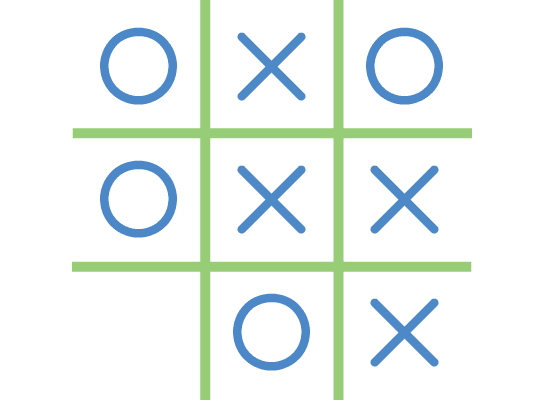As the final part of this blogging series I will put myself to the test using a coding challenge. I am really glad that I have been prepared to do this challenge.
Give me six hours to chop down a tree and I will spend the first four sharpening the axe. Abraham Lincoln
